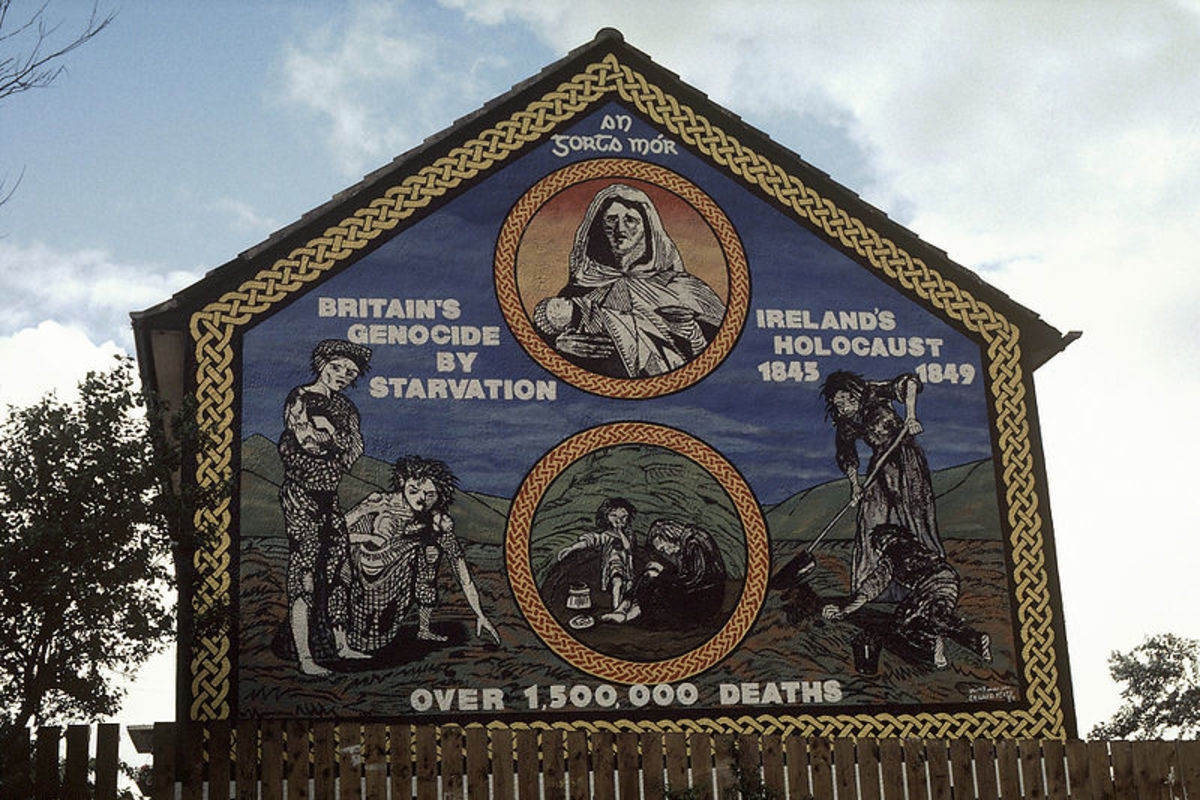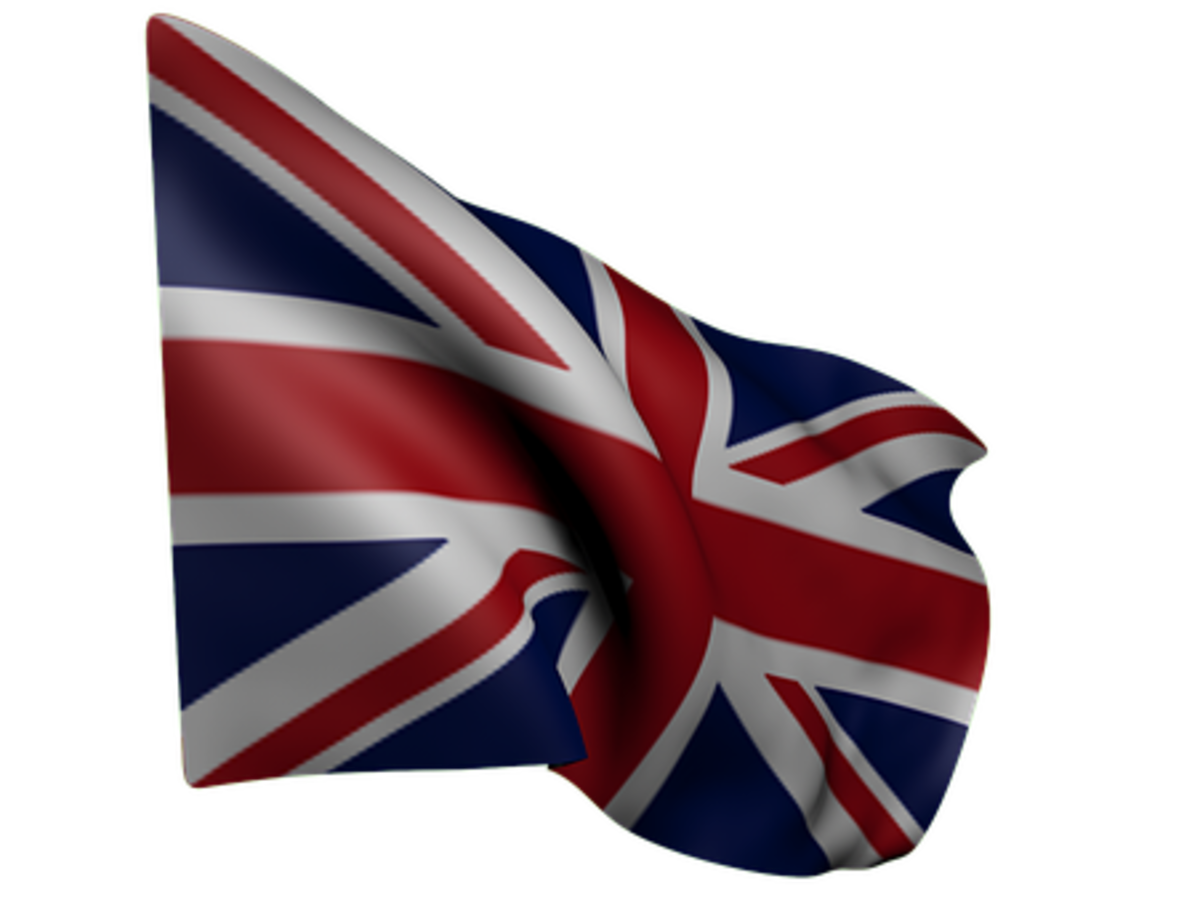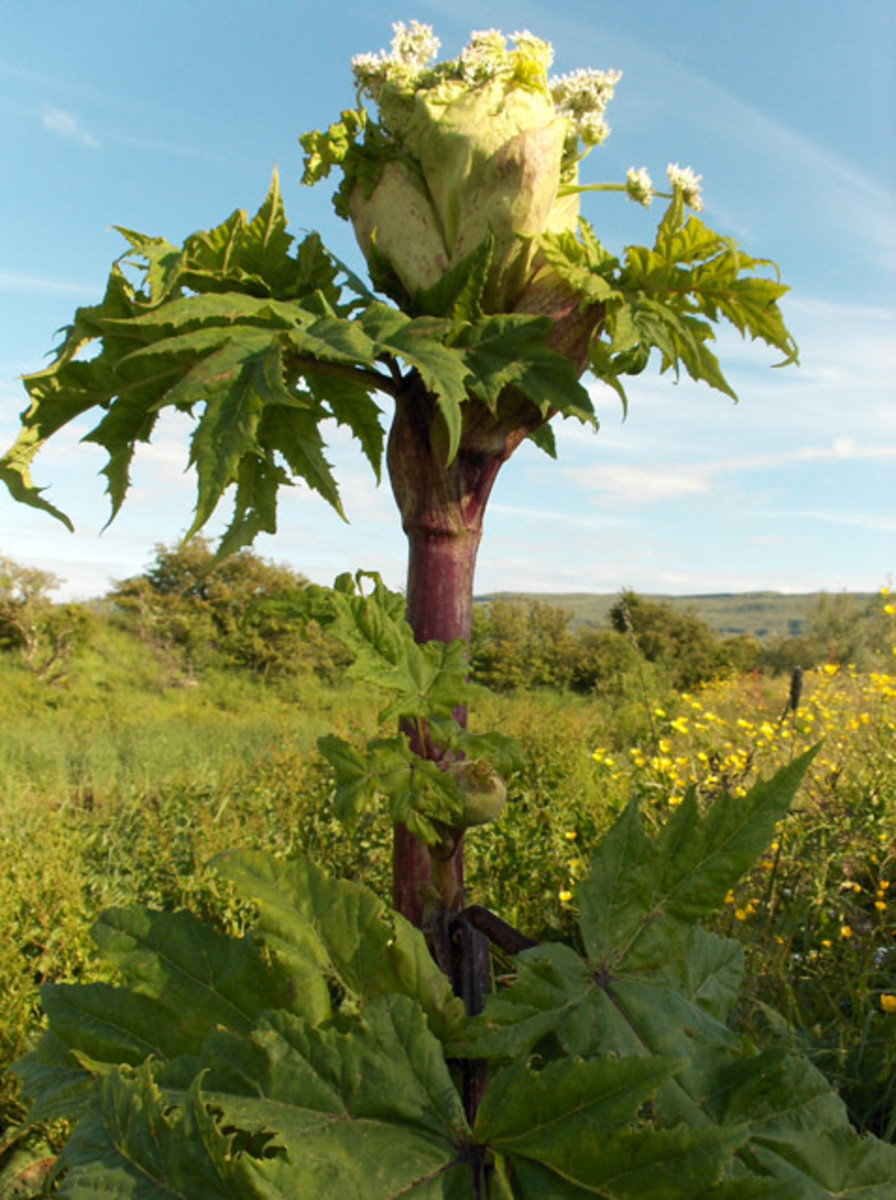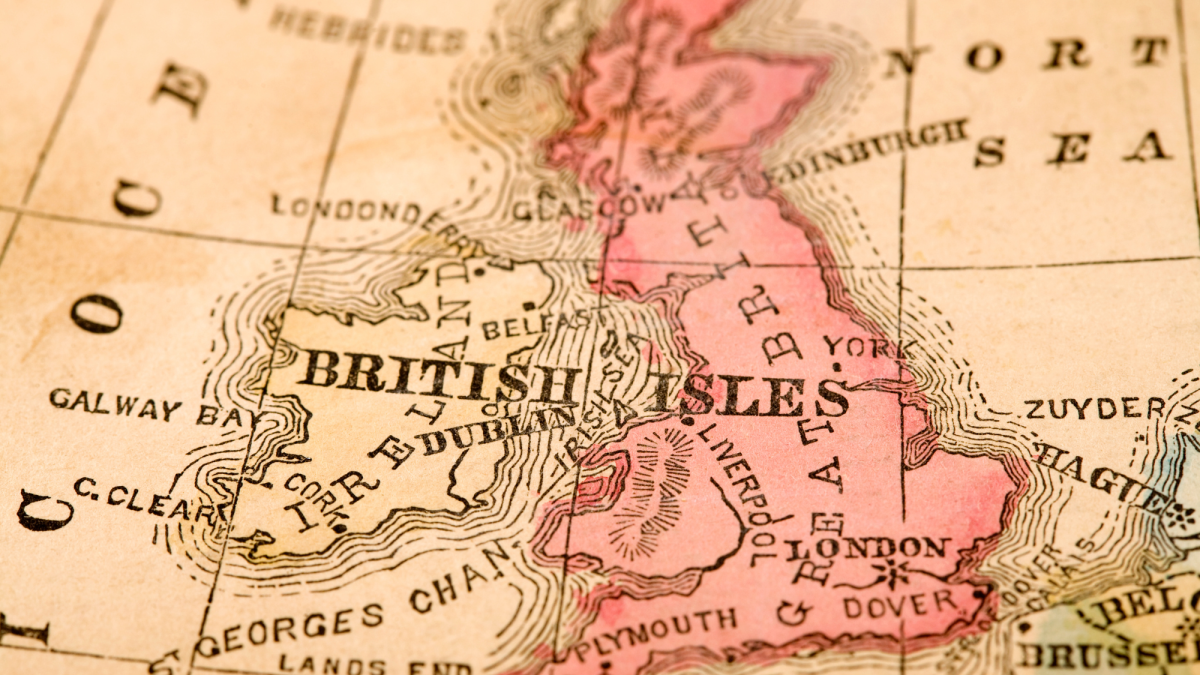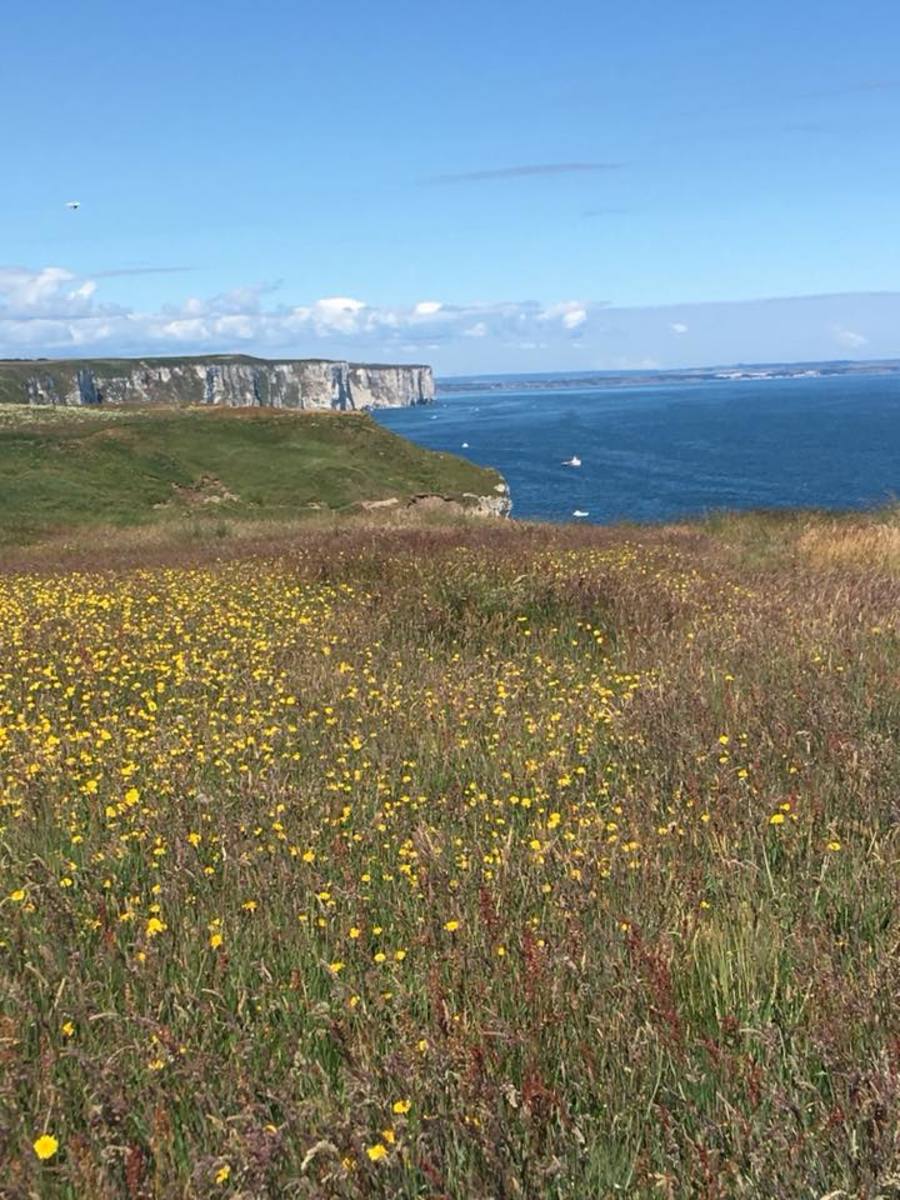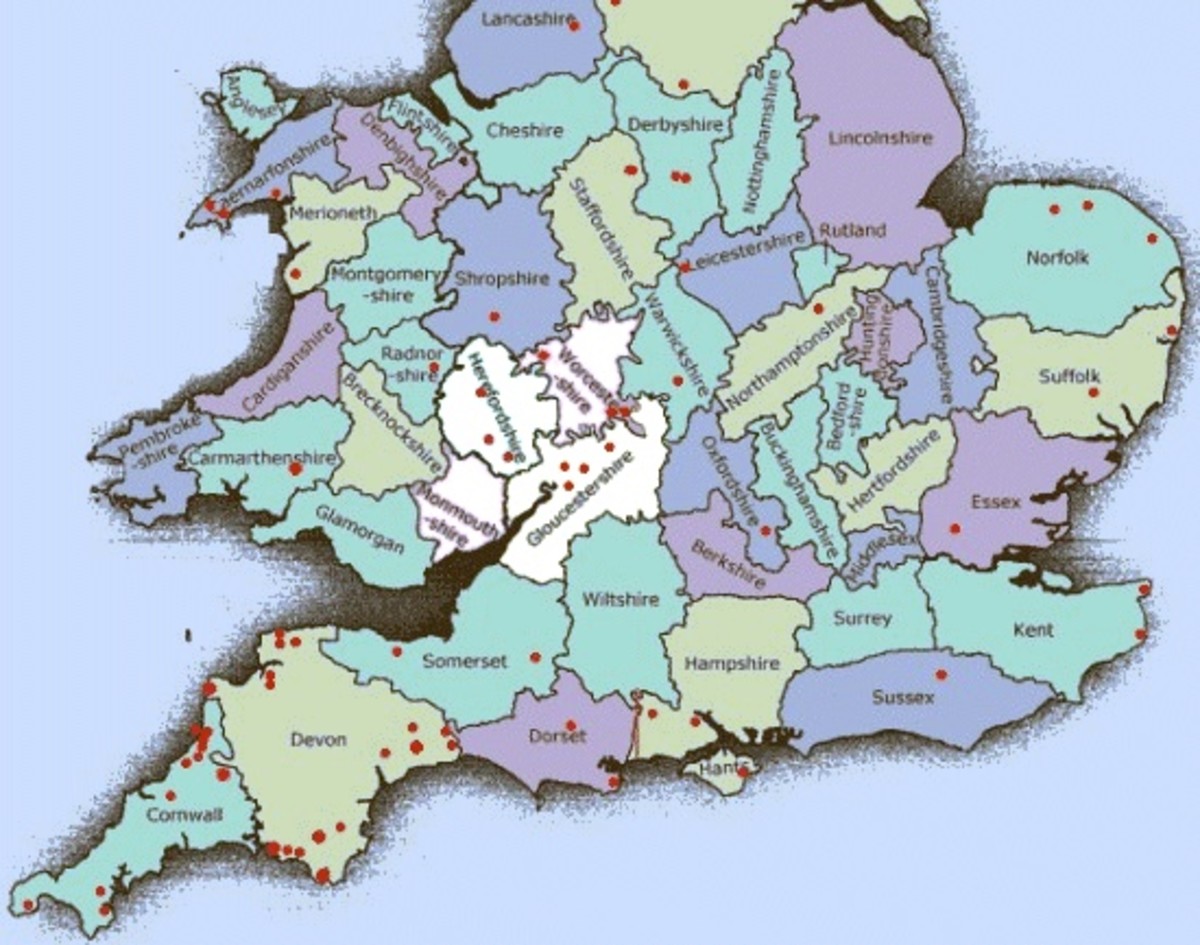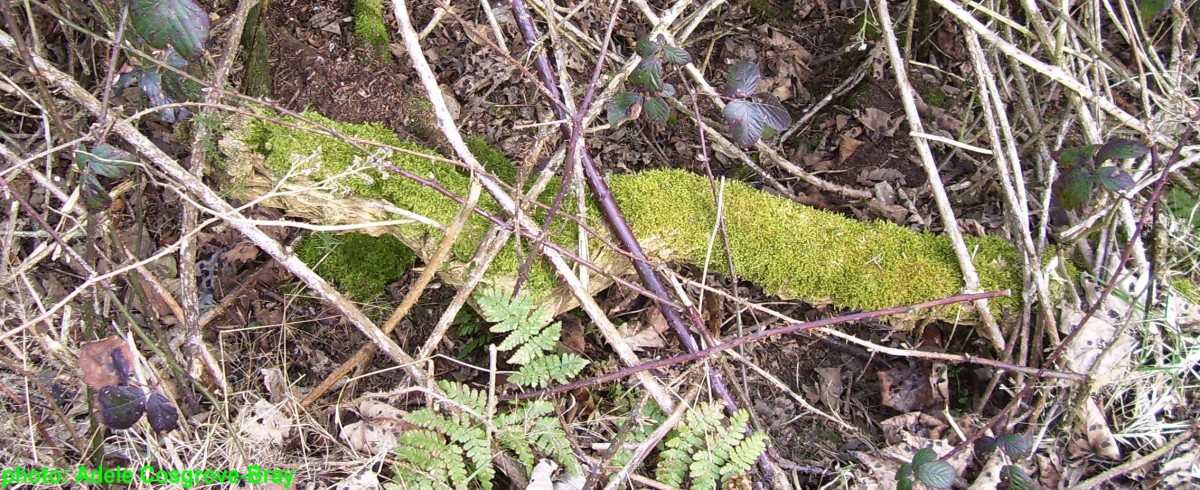- HubPages»
- Travel and Places»
- Visiting Europe»
- United Kingdom
Irish Holocaust Memorials Around the World: England & Wales
Wrong by any name.
The Irish Holocaust* is known by many names including The Irish Genocide, The Great Hunger, The Great Famine and The Potato Famine. It all depends on who you ask and which truth you believe.
To the Irish it is called "An Gorta Mor" meaning "The Great Hunger"
From 1846 to 1852 the Potato Blight or "Phytophthora infestans" in Ireland was blamed for millions of Irish deaths and was the cause of over a million more Irish leaving Ireland.
The Potato Blight was first recorded in the United States, in Philadelphia and New York City in early 1843. Winds then spread the spores, and in 1845 it was found from Illinois to Nova Scotia, and from Virginia to Ontario. It crossed the Atlantic Ocean with a shipment of seed potatoes for Belgian farmers in 1845.
You may wonder how could so many people die from the lack of a potato? They didn't, they died from lack of food. Although their diet was mainly potato other types of food were grown throughout Ireland and readily available from 1846 to 1852. Unfortunately none of it was given to the starving Irish, instead it was taken from farmers, at gunpoint, by the British Military. Ships carrying butter, vegetables, grains, livestock, whiskey and other provisions were regularly exported to England during the "Great Famine" as England likes to call it.
* Referred to as "Holocaust" in the Cork Examiner in 1847
The 150th Anniversary of "An Gorta Mor"
1995 marked the 150th Anniversary of "The Great Hunger". This prompted Irish communities throughout the world to commission memorials to be built in honor of those that died, those that fled and their descendents.
The Great Hunger caused mass emigration from Ireland. It is said over 1 million Irish fled their beloved homeland on ships bound for foreign shores. Today you can find Irish Holocaust Memorials in America, Australia, Canada, England and soon Scotland as well.
This hub features Irish Memorials in England & Wales.
Cathay Cemetery, Cardiff, Wales
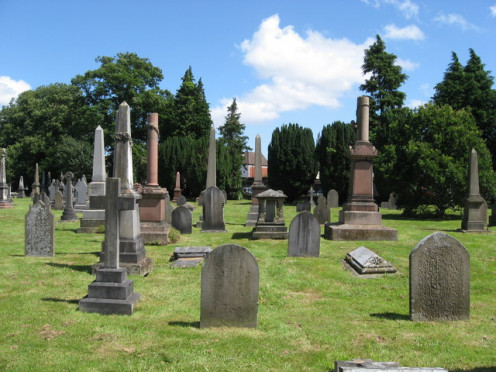
Cardiff, Wales, United Kingdom
In 1999 a memorial was unveiled in Cardiff, Wales in honor of the 150th anniversary of the Irish Famine. It is located in Cathays Cemetery, the third largest cemetery in the United Kingdom.
The monument, a Celtic cross, made in Ireland of Irish Limestone on a base of Welsh stone was donated by Mossford's Monumental Sculptors of Cardiff. The site was donated by Cardiff City and County Council will ensure that the victims of the Great Hunger will not be forgotten.
The memorial is dedicated to "every person of Irish origin, without distinction on grounds of class, politics, allegiance, or religious belief, who has died in Wales."
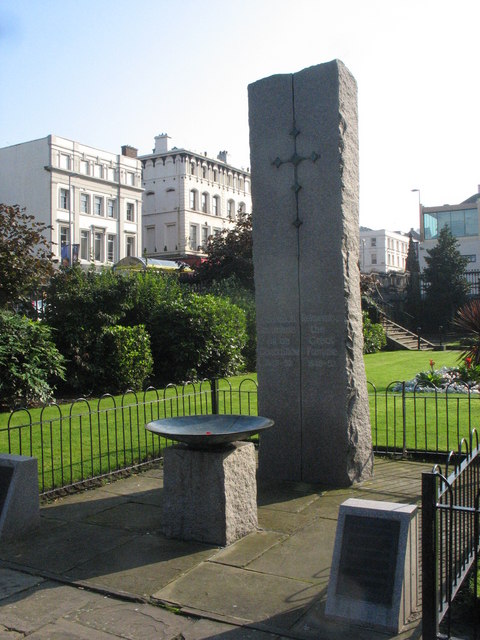
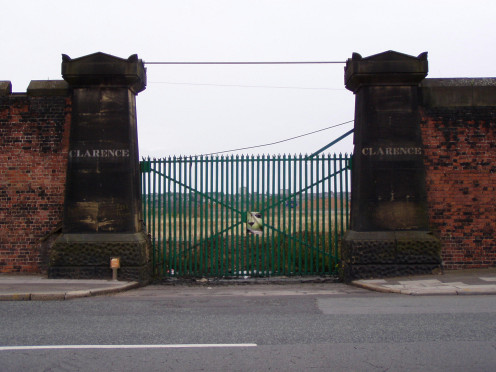
Liverpool, England, United Kingdom
Liverpool Famine Memorial: The monument recalls that from 1849 to 1852 1,241,410 Irish immigrants arrived in Liverpool and then dispersed to locations around the world. It is dedicated to the memory of all famine emigrants and their suffering. The monument stands on the grounds of St. Luke's Church, built in 1831, is known as "the bombed out church" because it was hit during the "Liverpool Blitz" in WWII. The church serves as a memorial to the victims of the Blitz and the churchyard as a public park.
It is ironic that after so many Irish died due to the actions and inaction of the British government that they would create an Irish Famine Memorial in the churchyard of a "bombed out church."
Clarence Dock: Two million Irish arrived in Liverpool within a ten year period. Passengers were packed together on the deck and some ships arrived with a third of the passengers dead. Depending on the weather the trip across the Irish Sea could take three days.
In 2000, a plaque was unveiled alongside the gate with the inscription: "Through these gates passed most of the 1,300,000 Irish migrants who fled from the Great Famine and 'took the ship' to Liverpool in the years 1845–1852."in both Gaelic and English.
Irish in the United Kingdom today.
The UK Census for 2001 states that 869,093 people living in Great Britain at that time were born in Ireland, with over 6 million (10% of the population) being of Irish descent.
Books on the Great Hunger
Irish in Britian today.
The 2001 UK Census states that there are 869,093 people living in Great Britain who were born in Ireland, with over 10% of the population (over 6 million) being of Irish descent.


